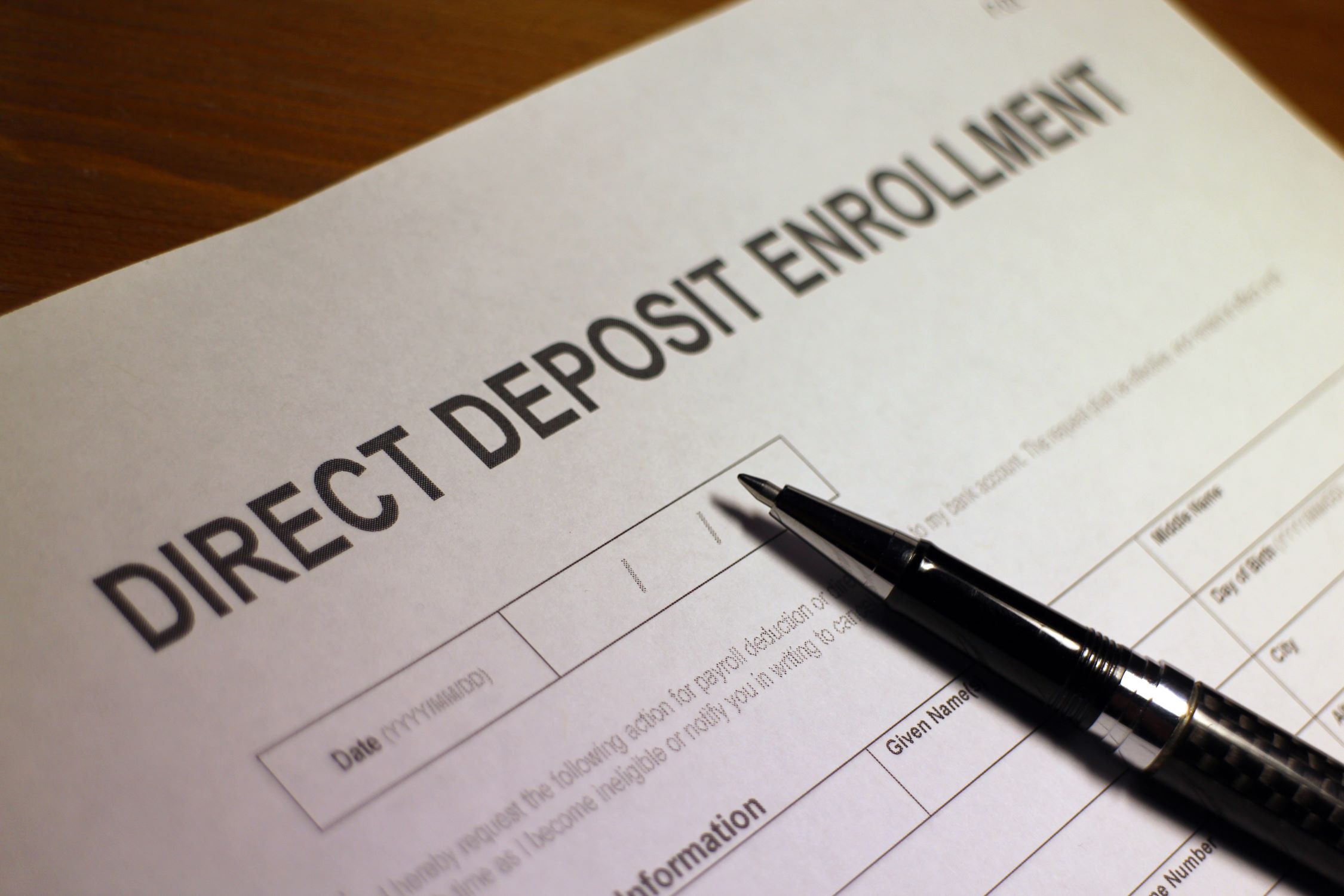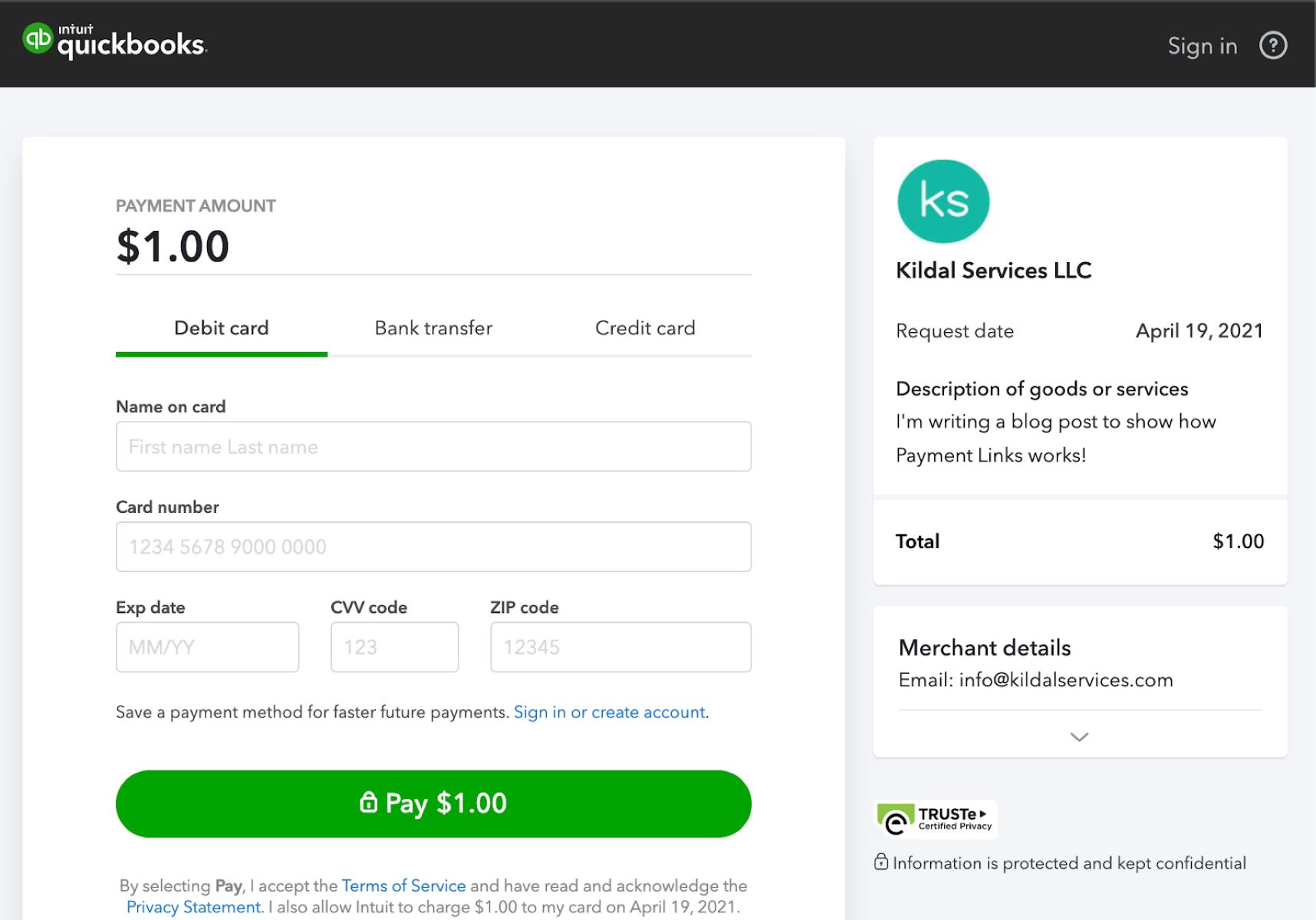Introduction
Welcome to our guide on “What is a Delayed Charge in QuickBooks Online?” If you’re new to QuickBooks Online or simply looking to understand more about delayed charges, you’ve come to the right place. In this article, we’ll explore the concept of delayed charges, how to create them in QuickBooks Online, and the benefits of using this feature.
Delayed charges are a valuable tool in QuickBooks Online that allow you to keep track of expenses that will be billed to a customer at a later date. Whether you’re providing services or selling products, there may be instances where you need to record a charge but don’t want to create an invoice immediately. This is where delayed charges come in handy.
By creating delayed charges, you can easily track and apply the charges to future invoices or sales receipts when the time is right. This feature can be particularly useful for businesses that provide services on an ongoing basis or for those who need to bill customers periodically.
In this guide, we’ll walk you through the process of creating delayed charges in QuickBooks Online, show you how to manage and track them, and explain the benefits of using delayed charges for your invoicing and sales needs. By the end of this article, you’ll have a clear understanding of how to utilize delayed charges effectively and efficiently in your QuickBooks Online account.
Let’s get started by diving into the specifics of what a delayed charge is and how it functions within the QuickBooks Online platform.
What is a Delayed Charge in QuickBooks Online?
A delayed charge is a feature in QuickBooks Online that allows you to record expenses or charges for products or services provided to a customer, but delay invoicing for those charges until a later date. It is a convenient way to track and manage expenses that will be billed to customers at a future time.
When you create a delayed charge in QuickBooks Online, you are essentially creating a placeholder for the charge. The charge is recorded in your books, but it does not immediately appear on an invoice or affect your accounts receivable balance. Instead, the charge remains “delayed” until you choose to include it on an invoice or sales receipt.
Delayed charges are commonly used in situations where you provide services over a period of time and want to bill your customer periodically. For example, if you offer monthly consulting services, you can enter the charges as delayed charges when the services are provided, and then include them on monthly invoices.
Delayed charges are also useful when you need to bill a customer for reimbursable expenses. Instead of creating separate invoices for each expense, you can enter the expenses as delayed charges and include them on a single invoice when necessary.
One of the key benefits of using delayed charges in QuickBooks Online is the flexibility it provides. You have the ability to track and manage expenses separately from invoicing, allowing you to keep accurate records of charges even if they are not immediately billed to customers.
In the next section, we will explore how to create delayed charges in QuickBooks Online. Stay tuned!
How to Create a Delayed Charge in QuickBooks Online
Creating a delayed charge in QuickBooks Online is simple and straightforward. Follow the steps below to record your expenses or charges and initiate a delayed charge:
- Login to your QuickBooks Online account and navigate to the Create menu.
- Select “Delayed Charge” from the drop-down menu.
- Enter the customer’s name or select it from the customer list. If the customer is not yet in your records, you can add them by clicking on the “Add a customer” option.
- Choose the appropriate account for the charge from the “Account” drop-down list. This will categorize the charge for tracking purposes.
- Enter the date of the charge and a reference number if necessary.
- Add a description of the charge, providing relevant details for both yourself and the customer.
- Specify the quantity, rate, and amount for the charge. If applicable, you can also input any necessary tax information.
- Review the information you have entered to ensure accuracy and completeness.
- Click “Save and Close” or “Save and New” to save your delayed charge.
Once you have created a delayed charge, it will be saved in your QuickBooks Online account but will not be immediately included in an invoice. You can access and manage the delayed charges at any time by navigating to the Sales menu and selecting “Delayed Charges”. From there, you can view a list of all delayed charges and make any necessary modifications or additions.
Remember, delayed charges are flexible and can be applied to future invoices or sales receipts when needed. To include a delayed charge on an invoice, simply create or edit an invoice, select the customer, and click the “Add Delayed Charge” button. Then, choose the desired delayed charge from the list and it will be included on the invoice.
By following these steps, you can efficiently create and manage delayed charges in QuickBooks Online, ensuring accurate and timely billing for your customers.
Managing Delayed Charges in QuickBooks Online
Once you have created delayed charges in QuickBooks Online, it’s important to effectively manage and track them to ensure accurate and efficient invoicing. Here are some key tips for managing delayed charges:
- Review and modify delayed charges: Periodically review the list of delayed charges to ensure accuracy and completeness. If there are any changes or updates to be made, you can easily edit the details of the delayed charge.
- Apply delayed charges to invoices: When you’re ready to include a delayed charge on an invoice, navigate to the invoice creation page and select the customer. Then, click the “Add Delayed Charge” button and choose the relevant delayed charge from the list. The delayed charge will be automatically added to the invoice.
- Delete or void delayed charges: If you no longer need a delayed charge or made an error in recording it, you have the options to delete or void the delayed charge. Deleting a delayed charge permanently removes it from your records, while voiding a delayed charge keeps a record of it but marks it as voided.
- Track unbilled charges: Utilize the “Sales” tab in QuickBooks Online to access the “Unbilled Charges” report. This report provides a comprehensive view of all delayed charges that have not been invoiced. You can use this report to ensure that no charges are missed when creating invoices.
- Run aged receivables report: To keep track of the outstanding delayed charges, generate an aged receivables report. This report shows the aging of your delayed charges and helps you identify any overdue charges that need attention.
- Reconcile invoices: Regularly reconcile your invoices to ensure that all delayed charges have been properly applied. This step is essential for maintaining accurate financial records and preventing discrepancies in your accounts receivable balance.
By following these tips, you can effectively manage and track your delayed charges in QuickBooks Online. This will streamline your invoicing process, reduce errors, and improve the overall efficiency of your business operations.
Using Delayed Charges for Invoicing and Sales
Delayed charges in QuickBooks Online can be a powerful tool for streamlining your invoicing process and managing sales effectively. Here are some ways you can use delayed charges for invoicing and sales:
1. Offering flexible billing: If you provide services or sell products on an ongoing basis, delayed charges allow you to bill your customers periodically. Instead of creating separate invoices for each transaction, you can accumulate charges as delayed charges and include them on a single invoice at the desired interval. This saves time and ensures accurate billing for your customers.
2. Including reimbursable expenses: If you incur expenses on behalf of a customer that need to be reimbursed, delayed charges provide a convenient way to track and bill these expenses. You can record the expenses as delayed charges and include them on an invoice when it’s time to invoice the customer for the reimbursement. This ensures proper tracking and eliminates the need for separate reimbursement invoices.
3. Managing project-based billing: For businesses that work on projects or provide services that span a specific timeframe, delayed charges help you track and bill for work as it is performed. By entering charges as delayed charges when the work is done, you can easily add them to an invoice specific to that project. This simplifies project management and ensures accurate invoicing for the services rendered.
4. Tracking sales of non-inventory items: If you sell non-inventory items, such as consulting services or one-time services, delayed charges can help track these sales outside of your standard inventory tracking. You can record the charges as delayed charges and include them on invoices or sales receipts as needed, allowing you to monitor and report on the sales of these items separately.
5. Managing prepayments: If your business requires customers to make prepayments or deposits, delayed charges can help you track and manage these payments. You can record the prepayments as delayed charges and apply them when creating invoices or sales receipts. This ensures accurate tracking of the prepayments and simplifies the billing process for your customer.
Using delayed charges in QuickBooks Online allows you to have greater control and flexibility when it comes to invoicing and sales. By implementing these strategies, you can streamline your billing process, accurately track sales, and provide a seamless experience for your customers.
How to Track and Apply Delayed Charges in QuickBooks Online
Tracking and applying delayed charges in QuickBooks Online is a straightforward process that allows you to keep tabs on your invoicing and sales activities. Here’s a step-by-step guide on how to track and apply delayed charges:
- Access your QuickBooks Online account and navigate to the Sales menu.
- Select “Delayed Charges” to view a list of all your delayed charges.
- To search for a specific delayed charge, you can use the search bar or filter options to narrow down the results.
- Review the list of delayed charges and take note of any that need to be applied to an invoice or sales receipt.
- To apply a delayed charge to an invoice, go to the Customer menu and click “Create Invoice”.
- Select the customer for whom you want to create an invoice and click the “Add Delayed Charge” button.
- Choose the delayed charge you want to include from the list and it will be added to the invoice.
- Review the invoice to ensure all the charges are accurate and complete.
- Save the invoice and send it to the customer.
- To apply a delayed charge to a sales receipt, follow the same steps as for an invoice, but choose “Create Sales Receipt” instead.
By following these steps, you can effectively track and apply delayed charges in QuickBooks Online. This allows you to keep a close eye on your outstanding charges and ensure that they are properly included in your invoices or sales receipts.
Additionally, QuickBooks Online provides several reports that can help you monitor your delayed charges, such as the Unbilled Charges report. This report shows all the delayed charges that have not yet been included in invoices, allowing you to keep track of any outstanding charges and address them accordingly.
With the ability to track and apply delayed charges in QuickBooks Online, you can effectively manage your invoicing process, ensure accurate record-keeping, and provide seamless transactions for your customers.
Benefits of Using Delayed Charges in QuickBooks Online
Using delayed charges in QuickBooks Online can bring several benefits to your business by streamlining your invoicing process, enhancing efficiency, and providing greater flexibility. Here are some key benefits of utilizing delayed charges:
1. Improved invoicing accuracy: Delayed charges allow you to record expenses and charges in real-time, ensuring accurate and up-to-date invoicing. You can track charges as they occur, reducing the chances of missed or overlooked items on your invoices.
2. Simplified billing for ongoing services: If your business provides ongoing services that require periodic billing, delayed charges are a convenient way to accumulate charges and include them on a single invoice. This simplifies your billing process and saves time by minimizing the need for separate invoices for each transaction.
3. Efficient handling of reimbursable expenses: Delayed charges are particularly useful for businesses that incur expenses on behalf of their customers. Instead of creating separate invoices for each reimbursable expense, you can track and bill these expenses as delayed charges, ensuring accurate reimbursement while maintaining proper records.
4. Flexibility in sales and invoicing: With delayed charges, you have the flexibility to add charges to invoices or sales receipts when it is most convenient for you and your customers. You can choose to record charges immediately but delay invoicing, allowing you to align your billing with specific timelines or customer preferences.
5. Accurate financial reporting: Delayed charges enable more accurate financial reporting by tracking expenses separately from invoicing. This separation allows you to generate reports that reflect the true financial position of your business, even if charges have not yet been invoiced to customers.
6. Streamlined project management: For businesses that work on projects or provide services over a set period, delayed charges help you track and manage project-related expenses and billings. By creating delayed charges for each milestone or service provided, you can easily include them on invoices specific to each project, simplifying project management and improving accuracy.
In summary, using delayed charges in QuickBooks Online provides your business with improved invoicing accuracy, simplified billing for ongoing services, efficient handling of reimbursable expenses, flexibility in sales and invoicing, accurate financial reporting, and streamlined project management. By leveraging these benefits, you can enhance your billing process, maintain accurate financial records, and provide a seamless experience for your customers.
Conclusion
In conclusion, delayed charges in QuickBooks Online offer a valuable solution for businesses to track expenses and manage invoicing effectively. By creating delayed charges, you can accurately record charges while delaying the creation of invoices until a later date.
Throughout this guide, we’ve explored the concept of delayed charges, how to create them in QuickBooks Online, and the benefits they bring to your invoicing and sales processes. We’ve also covered how to manage and track delayed charges, ensuring accurate and timely billing for your customers.
By utilizing delayed charges in QuickBooks Online, you can experience several advantages, including improved invoicing accuracy, simplified billing for ongoing services, efficient handling of reimbursable expenses, flexible sales and invoicing options, accurate financial reporting, and streamlined project management.
With the ability to create, track, and apply delayed charges, QuickBooks Online offers businesses the tools they need to effectively manage their invoicing processes, maintain accurate financial records, and provide a seamless experience to their customers.
Now that you have a comprehensive understanding of delayed charges in QuickBooks Online, you can confidently apply this knowledge to streamline your invoicing and sales processes. Remember to stay organized, review and modify your delayed charges regularly, and take advantage of the reporting features available in QuickBooks Online to keep track of your outstanding charges.
Start leveraging the power of delayed charges in QuickBooks Online today and experience the benefits of improved invoicing efficiency and accuracy for your business.

























